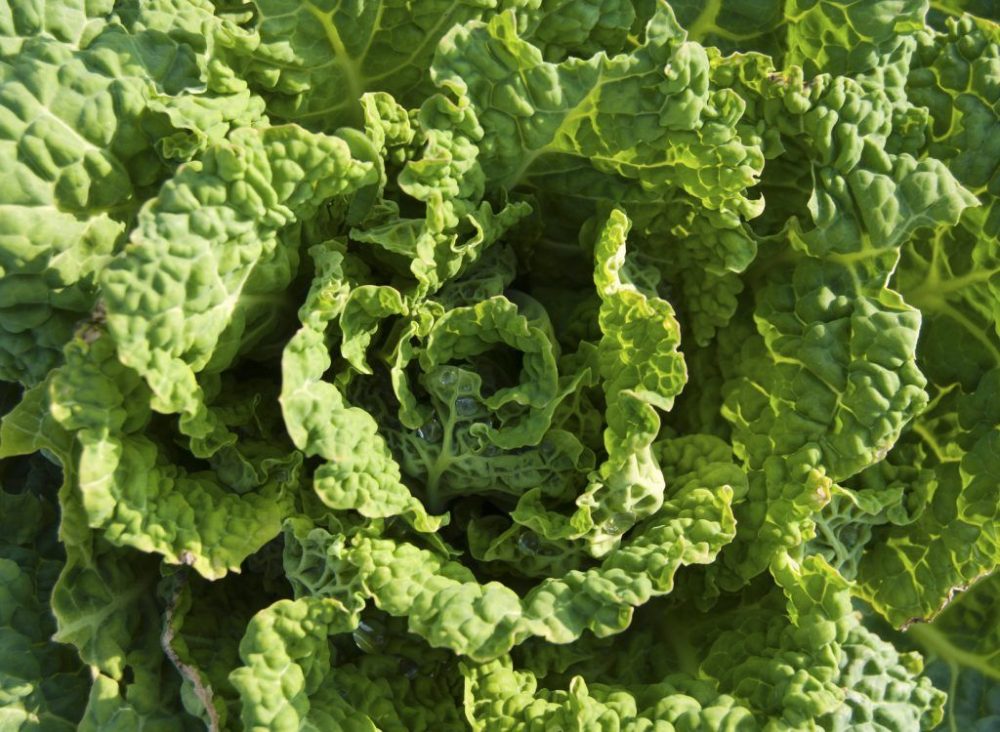

Putting Dr. Seuss’s classic Green Eggs and Ham aside, a majority of naturally green-colored foods are among the healthiest items you can choose. Just as going green by saving energy and reducing our carbon footprint benefits our environment, going green with natural food color benefits human health and ensures our longevity.
According to Jill Nussinow, MS, RD, a culinary educator in Northern California and the author of The Veggie Queen, “Greens are the No. 1 food you can eat regularly to help improve your health.” That’s because green leafy vegetables are loaded with fiber, vitamins, minerals, and plant-based substances that can help protect against heart disease, diabetes and cancer. Since all green foods are not created equally, below is a list of six green foods to place at the top of your wellness-inspired grocery list.
- Kale – Regarded as king of the green, leafy vegetables, kale is a cruciferous (belonging to the cabbage family) vegetable. Containing cancer-fighting plant compounds and immune-boosting Vitamin C, kale also has heart-healthy potassium, bone-boosting Vitamin K, vision-boosting Vitamin A and anti-inflammatory omega-3 fatty acids. Kale is high in the anti-inflammatory antioxidant quercetin, which may protect against allergies, arthritis and memory loss.
- Collard Greens – Similar to kale, collards are also cruciferous, leafy green vegetables that are full of vision-boosting Vitamin A, bone-protecting Vitamin K and lutein and zeaxanthin – two antioxidants that may prevent macular degeneration. Collard greens also contain phytonutrients called glucosinolates that can help activate detoxification enzymes and regulate their activity, thus preventing cellular damage from excessive toxins.
- Green Tea – Used medicinally for thousands of years, green tea’s health benefits are due to its potent source of antioxidants. Besides lowering heart disease risk, reducing blood sugar levels and easing inflammatory bowel disease, studies have found an association between consuming green tea and a reduced risk for several cancers, including skin, breast, lung, colon, esophageal and bladder.
- Avocado – Even though they contain a significant amount of fat, avocados’ fat contains unusual health benefits stemming from three different components: phytosterols that reduce inflammation, polyhydroxylated fatty alcohols (PFAs) that also reduce inflammation, and oleic acid that lowers the risk of heart disease. In addition, avocado contains lutein and Vitamin E, antioxidants that protect eye health and lower the risk of Alzheimer’s disease.
- Seaweed – Found predominantly in Japanese cuisine, seaweed is loaded with antioxidants, iron, calcium and a broad range of vitamins. Seaweed’s best-known benefit is that it is a rich source of iodine – a nutrient without many other food sources. Consuming healthy levels of iodine is essential for maintaining a healthy thyroid, a gland which helps produce and regulate hormones. Iodine from seaweed is one of the ingredients in Thyroid Support, a supplement that helps maintain healthy thyroid function.
- Asparagus – Besides containing several anti-inflammatory substances, this green vegetable is rich in Vitamins K, C, A, fiber and folate. In addition, asparagus is a natural diuretic, meaning that it promotes urination. Because of this trait, asparagus could be useful for preventing kidney stones, urinary tract infections and bladder stones. Asparagus is also unique in that it also contains inulin, a substance that feeds friendly bacteria living in the large intestine – making it a great food for maintaining digestive health.
These six green foods (technically – five green foods and one green beverage) represent a small sample of the healthful green foods available today. There are many more that could be on a highly nutritious list such as spinach, Brussels sprouts, Swiss chard, broccoli, okra, kiwi, nopales, edamame, basil, parlsey, green beans, bok choy, turnip greens, beet greens, romaine lettuce, escarole, arugula, mustard greens and watercress.
As long as it doesn’t involve green food coloring (thank you Dr. Seuss!) or other unnatural consequences of food processing, going green on your plate can have a wide range of health benefits. Ranging from heart disease prevention to reducing your risk of cancer to having great vision, metabolic, urinary, digestive, bone and joint health – adding more green foods to your diet can only result in a greater level of wellness.




